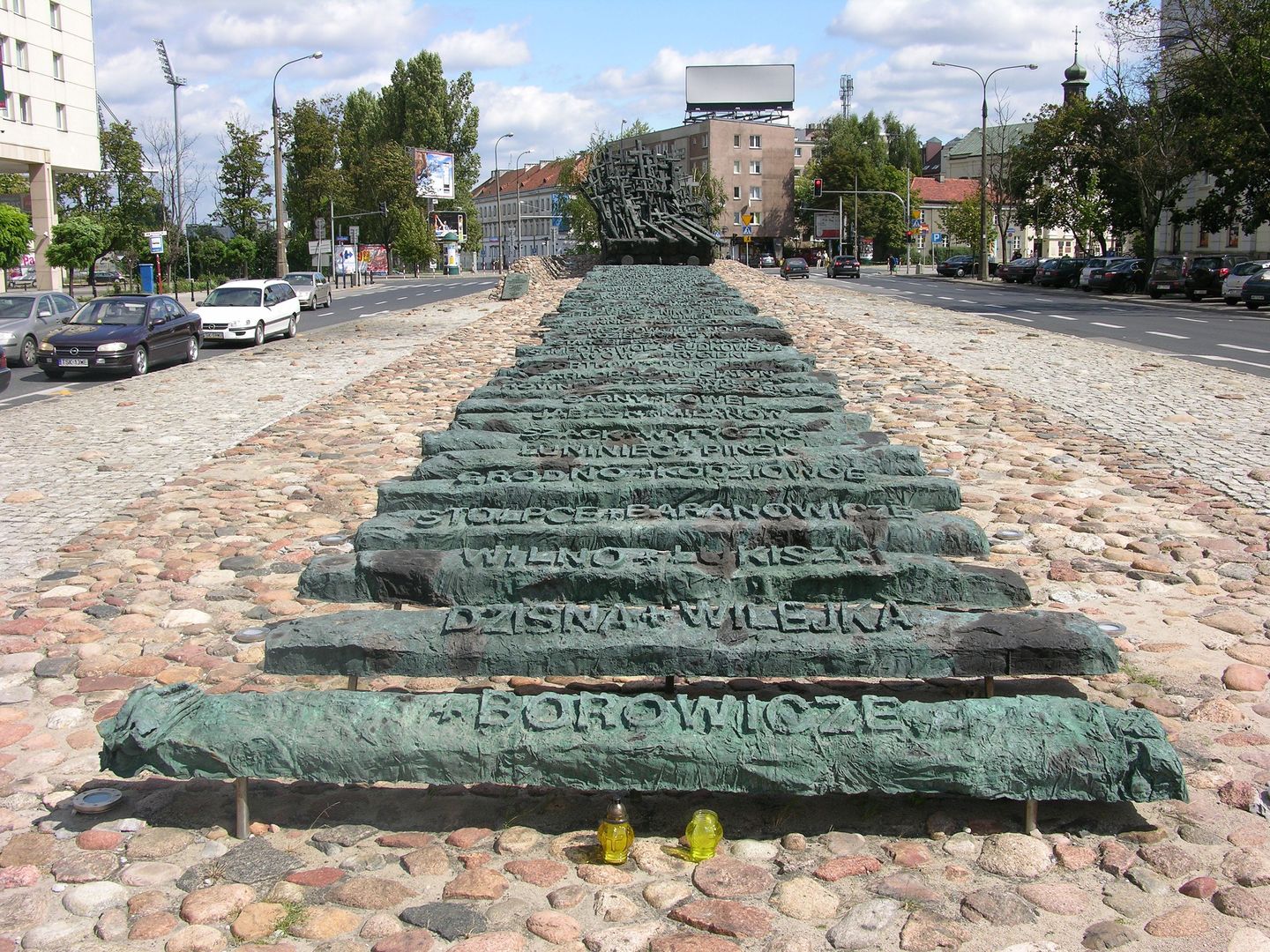Monument to the Fallen and Murdered in the East
6.54

Overview
The Monument to the Fallen and Murdered in the East, designed by Maksymilian Biskupski, is located in Warsaw at the intersection of Muranowska Street and General Władysław Anders Street. The monument features a load of crosses, including Latin and Orthodox ones, as well as a Jewish matzevah and a Muslim tombstone, all placed on a platform symbolizing a deportation wagon. At its base, 41 railway sleepers are laid out, commemorating the sites of battles from September 1939 and the places where Poles were executed in the USSR. The monument was erected in honor of Poles who fell or were murdered in the East, with particular emphasis on the victims of deportations to Siberian gulags and the Katyn massacre. The initiative for its construction was led by Wojciech Ziembiński, and its upkeep is overseen by members of the Federation of Katyn Families and veteran organizations. The official unveiling took place on September 17, 1995. The monument also holds cultural and religious significance—during his seventh pilgrimage to Poland in 1999, Pope John Paul II prayed here, and in 2006, Pope Benedict XVI passed by it in his popemobile. The monument serves as an important element of national memory, commemorating the tragic fate of Poles during and after World War II. Its architecture and symbolism reflect the complex history and cultural diversity of the victims, making it a significant site for reflection on Polish history.
Location
Tickets
Powered by GetYourGuide
2025 Wizytor | All Rights Reserved